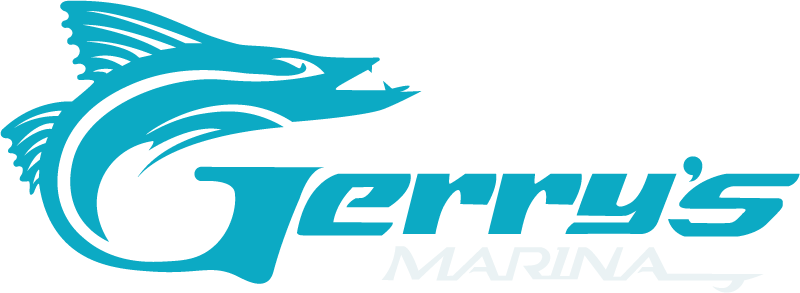Everyone knows the outcome of the iconic tortoise and hair race, but today our sea turtles in New Smyrna Beach need a little help. There are three species of sea turtles found in New Smyrna Beach – the loggerhead and green turtle (which are threatened) and the leatherback (which is endangered).
Loggerheads, sporting large, log-like heads, are the most common species of sea turtle in New Smyrna Beach. The sex of their young is determined by temperature – warmer for girls and cooler for boys. Volusia County beaches are imperative to the reproduction of these unique creatures because our white sand beaches are slightly cooler than the beaches farther south, tending to produce more males. Loggerheads feed on shellfish. They nest between May and October, reach 155-375 pounds, and mature at age 30-35. Nesting frequency is every two to four years.
Green turtles live on sea grasses and algae. They mature at age 20-40 years when they will reach 240-420 pounds. Nesting, which occurs at two-year intervals, runs June – November.
Leatherbacks, which can weigh over 1,000 pounds, are the largest New Smyrna Beach sea turtle. They can travel thousands of miles and dive close to a mile deep. Their dinner of choice is jellyfish, and they mature between 9 and 20 years. They nest from March-June, every two or three years.
There are several things you can do to help bolster the New Smyrna Beach sea turtle population. When you are on the beach, a good rule of thumb is to never leave more than a footprint behind – no trash, no beach furniture, no holes and no sandcastles – all of which can impede the progress of turtle hatchlings to their new ocean home. Sea turtles can also be dizzied by lights. Disoriented hatchlings may not find the ocean, so don’t use any flashlights or outdoor oceanfront condo or home lighting at night during nesting season.
Boaters should also beware. A significant percentage of sea turtle deaths are caused by boat strikes; so we need to operate our boats responsibly, and be ready to slow down and steer clear of sea turtles. Boaters should also take care not to leave any trash behind. Items such as plastic bottles, sandwich wrappers, Styrofoam containers and plastic bags can all be mistaken for food by sea turtles.
Slow and steady wins the race!


